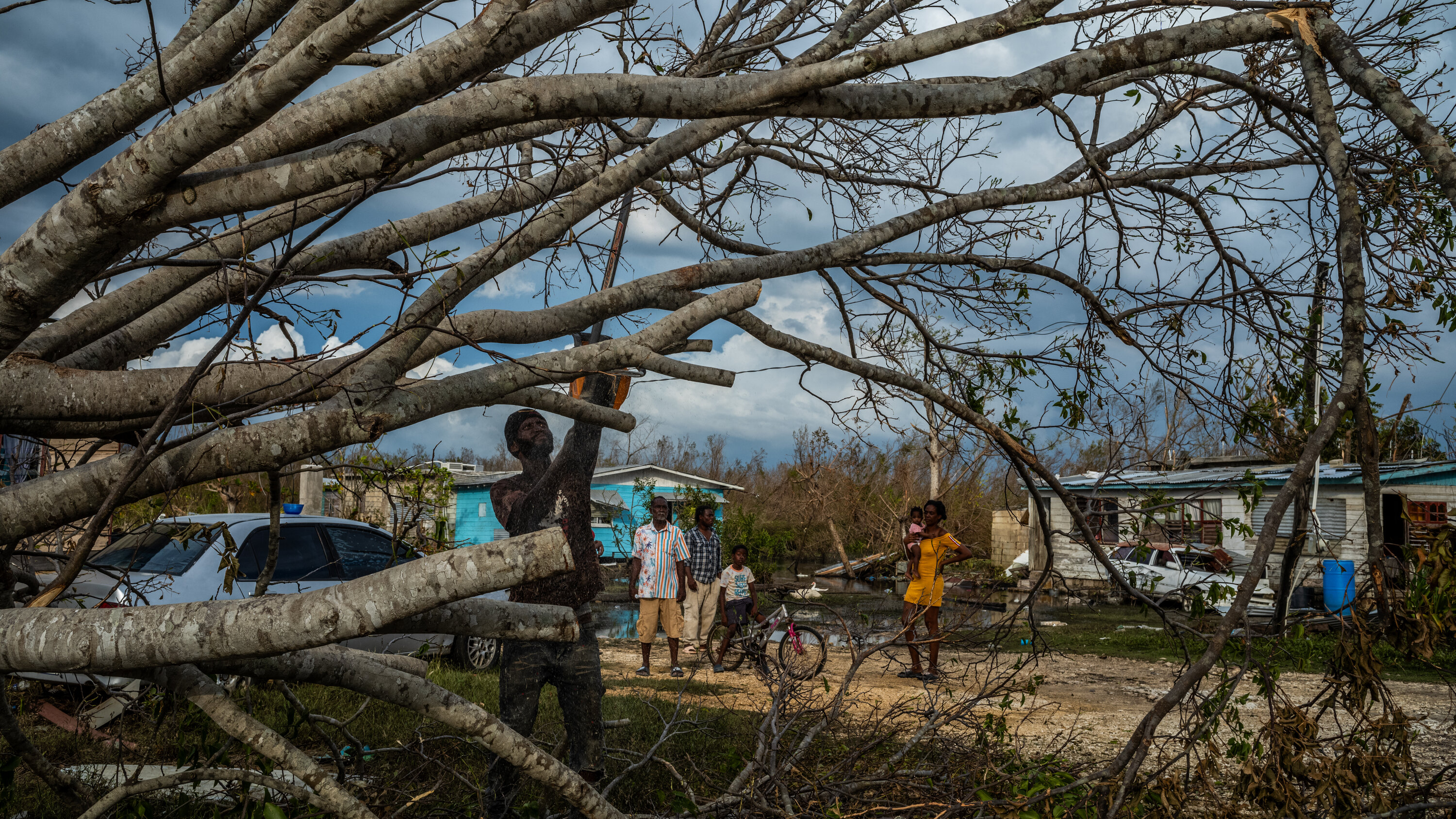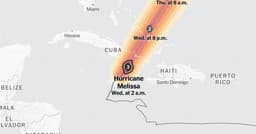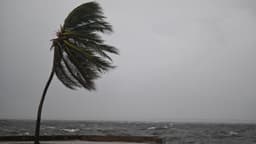Home / Weather / Climate Change Fueled Hurricane Melissa's Destructive Rampage in the Caribbean
Climate Change Fueled Hurricane Melissa's Destructive Rampage in the Caribbean
6 Nov
Summary
- Hurricane Melissa had 7% stronger winds due to climate change
- Rainfall inside Melissa's eyewall was 16% more intense
- Melissa caused over $1 billion in additional damages

According to a scientific analysis released on November 6th, 2025, Hurricane Melissa's destructive path through the Caribbean last month was exacerbated by climate change. Researchers from the World Weather Attribution group found that the storm had 7% stronger wind speeds and 16% more intense rainfall inside its eyewall compared to a similar hurricane in a non-warmed world.
Melissa made landfall as a powerful Category 5 storm in Jamaica on October 28th, collapsing buildings and knocking out internet access across the island. It then continued on to Cuba as a Category 3 storm, forcing hundreds to evacuate, and pummeled Haiti with catastrophic flooding. Dozens have died in the hard-hit areas.
Experts warn that even a small increase in wind speed can cause substantial damage. The World Weather Attribution analysis estimated that the climate change-driven boost in wind speed may have added over $1 billion in additional damages, a huge toll for countries with small economies.




